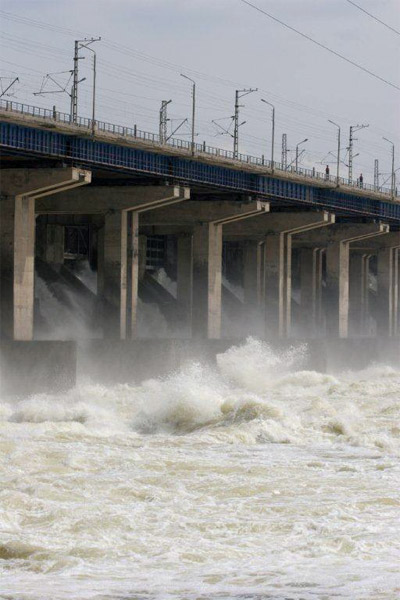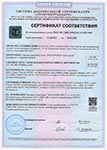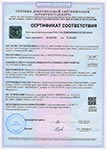АКВАТРОН - гидроизоляция, материалы для гидроизоляции, гидроизоляция сооружений.
AQUATRON penetrating waterproofing materials
Free call within Russia: +7 (495) 989-60-26
+7 (3854) 30-67-07 -
Products
AQUATRON penetrating waterproofing materials
- at high hydrostatic head, provide impermeability of building structures against water, salt solutions, acids, alkalies, and petroleum products
- increase material strength and durability
- are used to fix active leaks, to waterproof inter-panel and block joints, to caulk in concrete and cast-iron slip-joint pipes of household water supply and sewerage, to embed anchor bolts in the concrete structures
- possess antiseptic and anti-corrosion properties
- reduce destruction of building structures under cyclic freezing-thawing
- do not contain toxic substances; are certified for use in utility and drinking water supply systems
- retain vapor permeability of the material maintaining its ‘breath-ability’
- are used both with the old and new concrete; applicable for internal and external works
Use of AQUATRON materials
The materials are used for waterproofing and recovery of waterproofing in manufacturing of new structures, as well as in the repair and recovery of waterproofing of old structures:
|
|
Waterproofing features of the penetrating action of the AQUATRON line
|  |


